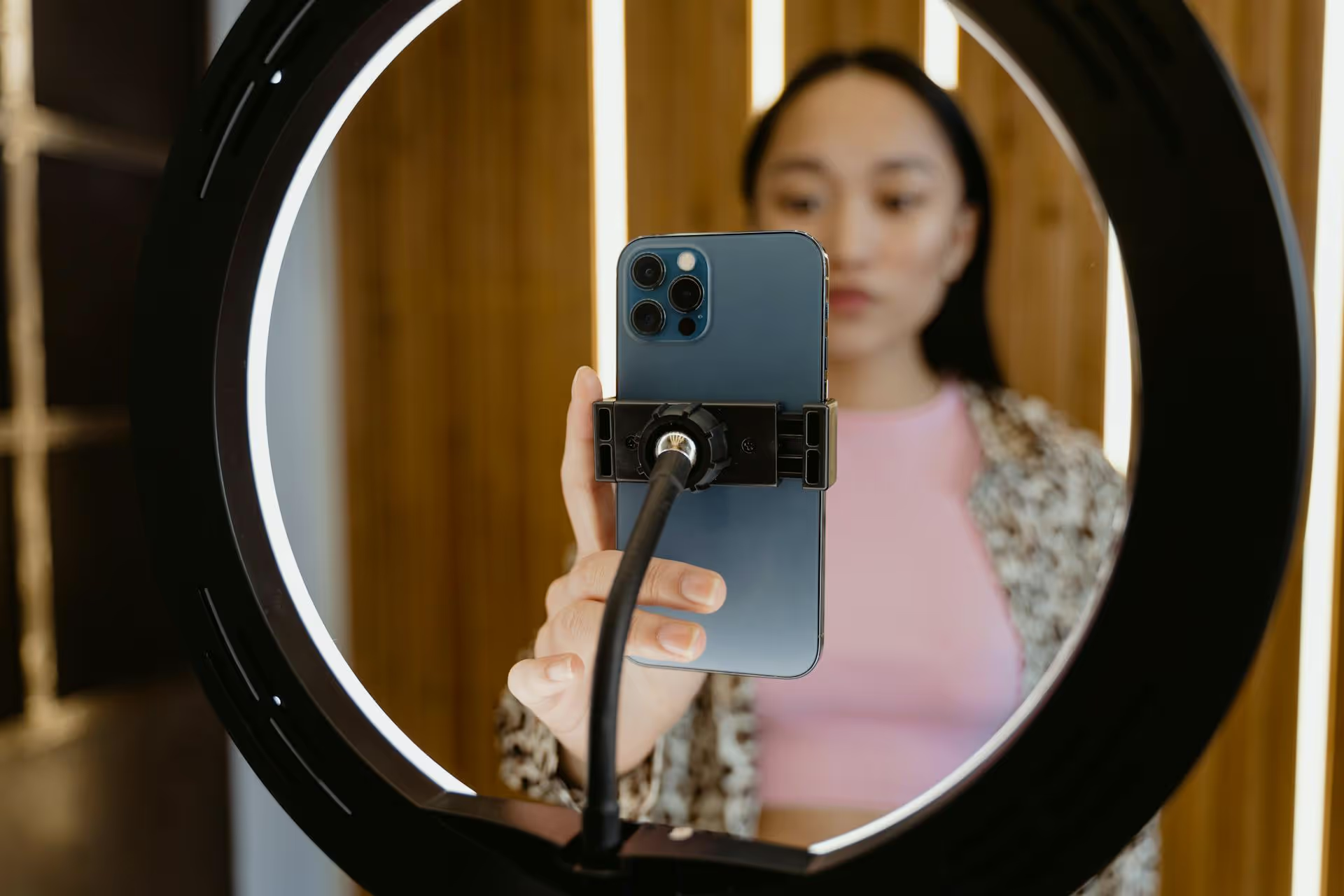How to Add Social Media Icons to an Email Signature
Enhance your email signature by adding social media icons. Discover step-by-step instructions to turn every email into a powerful marketing tool.

You can't improve what you don't measure, and on Instagram, that means getting familiar with your Insights. This isn't just about spotting viral posts, it's about understanding the engine behind your account's growth. This guide will walk you through exactly how to activate Instagram Insights, what to look for once you have it, and how to use that data to create better content.
Instagram Insights is the platform's free, built-in analytics tool that gives creators and businesses a backstage pass to their account's performance. Instead of guessing what your audience wants or when they're online, Insights provides you with hard data. Think of it as your personal strategy guide, showing you which direction to go next.
Ignoring this data is like trying to navigate a new city without a map. You might eventually find your way, but you'll probably take a lot of wrong turns. Tapping into your insights allows you to:
In short, it’s the difference between throwing content at the wall to see what sticks and deliberately building a strategy that gets results.
First things first: Instagram Insights are only available for Professional Accounts. If you’re currently using a Personal Account, you’ll need to make a quick switch. Don't worry, it’s free, easy, and reversible if you ever change your mind. It won't change how your profile looks to an average user, but it will unlock the dashboard you need.
Here's how to make the switch in a few simple steps:
And that's it! Your account is now a Professional Account, and Instagram will start collecting data immediately. You won't see historical data from before you switched, but all content you post from this point forward will be tracked.
Now that you're set up, where do you find this treasure trove of data? You can access it in a couple of ways:
Welcome to your command center. Initially, it can feel like a lot of numbers, so let’s break down the most useful metrics and what they actually tell you about your strategy.
When you first open Insights, you'll see a general performance overview, usually defaulted to the last 30 days. You can tap the date range at the top to change this period (e.g., last 7, 14, or 90 days).
Quick Tip: Don't get too caught up in the difference between Reach and Impressions. Impressions are the total number of times your content was seen. If one person sees your post three times, that's 1 for Reach and 3 for Impressions. Reach is generally a better measure of how widely your content is spreading.
This is where you graduate from posting for yourself to posting for a specific community. In the Insights dashboard, scroll down to the "Total Followers" section and tap it to see a detailed demographic breakdown.
General stats are great, but the real learning happens when you look at the performance of individual posts, Reels, and Stories.
Pay close attention to the content that gets the most saves and shares. Is it a list of tips? A tutorial? An inspiring quote? A funny video? Whatever it is, that's your audience telling you exactly what they want more of. Use that feedback to guide your content creation moving forward.
Activating Instagram Insights is your first major step toward building a data-informed social media strategy. By regularly checking in on your account's Reach, Audience Demographics, and top-performing content, you replace guesswork with tangible evidence, helping you create more of what works and less of what doesn't.
Of course, understanding this data is just one piece of the puzzle, consistently acting on it is what shapes your growth. When my team and I were frustrated with how disconnected analytics were from our actual content planning, we decided to solve that problem. I love using the visual calendar we built at Postbase because I can see my upcoming schedule at a glance, plug top-performing content ideas into open slots, and reliably schedule posts for those peak audience times that my Insights reveal. It bridges the gap between analyzing data and taking action in one clean flow.
Enhance your email signature by adding social media icons. Discover step-by-step instructions to turn every email into a powerful marketing tool.
Learn how to add your Etsy link to Pinterest and drive traffic to your shop. Discover strategies to create converting pins and turn browsers into customers.
Grant access to your Facebook Business Manager securely. Follow our step-by-step guide to add users and assign permissions without sharing your password.
Record clear audio for Instagram Reels with this guide. Learn actionable steps to create professional-sounding audio, using just your phone or upgraded gear.
Add translations to Instagram posts and connect globally. Learn manual techniques and discover Instagram's automatic translation features in this guide.
Optimize your Facebook Business Page for growth and sales with strategic tweaks. Learn to engage your community, create captivating content, and refine strategies.
Wrestling with social media? It doesn’t have to be this hard. Plan your content, schedule posts, respond to comments, and analyze performance — all in one simple, easy-to-use tool.